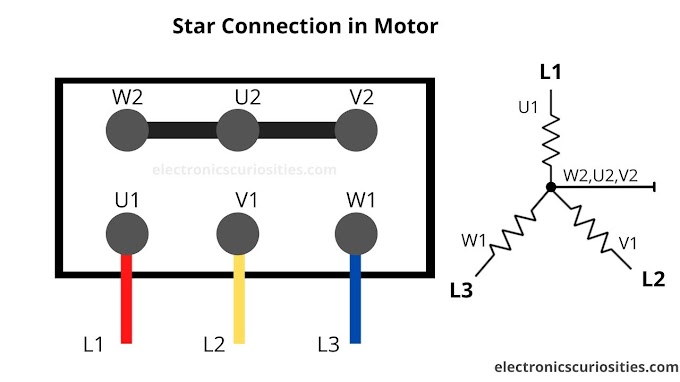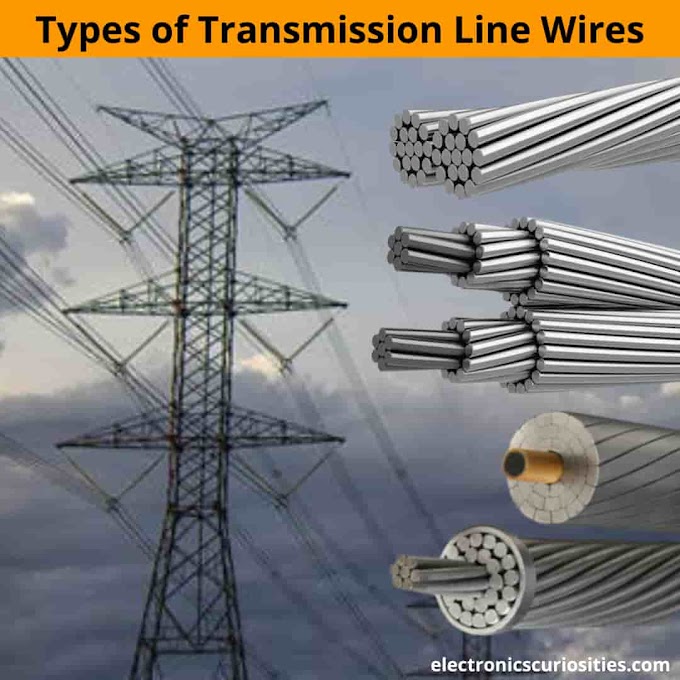Everything You Need to Know About Installing Solar at Home price in India
In recent years, solar energy has emerged as a sustainable and cost-effective solution for residential electricity needs. With advancements in technology and government incentives, more homeowners are considering solar installations to reduce their carbon footprint and save on electricity bills. If you're curious about harnessing solar power for your home, you've come to the right place. In this comprehensive guide, we will cover everything you need to know before installing solar panels on your rooftop.
Understanding Solar Energy Basics
Before diving into the specifics, it's essential to grasp the fundamentals of solar energy. Solar systems generate electricity through photovoltaic (PV) cells, converting sunlight into usable power. When considering a solar setup, several factors come into play, including your monthly electricity consumption, available rooftop space, and the type of solar system you opt for. Let's break down these key elements:
What to ask when buying solar panels? What to keep in mind when purchasing solar panels?
The kilowatt (KW) Rating of solar electricity
The KW rating represents the capacity or power output of a solar system. For example, a 5KW system can produce 5 kilowatts of power per hour under ideal conditions. Understanding your monthly consumption in units (kWh) is crucial for determining the appropriate KW rating for your solar setup.
Units, kilowatt-hours (kWh), and Your Electricity Bill of Installing Solar at Home
Electricity usage is measured in units, commonly expressed as kilowatt-hours (kWh) on your bill. The relationship between KW, units, and your bill is simple: units consumed = KW rating * hours of usage. For instance, a 3KW system running for one hour generates 3 units (3 kWh) of electricity.
On-Grid vs. Off-Grid Systems Solar Installing at Home
Solar setups can be categorized as on-grid or off-grid systems. On-grid systems are connected to the utility grid, allowing excess energy to be fed back, potentially reducing your electricity bill to zero. Off-grid systems, on the other hand, are standalone setups with battery storage, ensuring power availability even during grid outages.
Different Solar panel Systems for Home requirement save energy by using free solar energy.
Net Metering Solar Installing at Home
Net metering is a billing arrangement that allows homeowners to receive credits for excess electricity their solar system generates. During periods of high production, surplus power is sent back to the grid, effectively spinning your meter backward. These credits offset your electricity costs when your solar system is not producing energy, such as during nighttime.
Determining Your Solar System Size Installing at Home
One of the most common questions homeowners have is how to determine the ideal size for their solar system. The answer lies in understanding your average monthly consumption. To find the right KW rating for your system:
- Analyze Your Monthly Consumption: Look at your electricity bills over the past year to identify the average monthly consumption in units (kWh).
- Consider Seasonal Variations: Take into account seasonal changes in your electricity usage. If you use more electricity during summer due to air conditioning, factor in those high-consumption months.
- Consult with Solar Experts: Professional solar companies, like Solar Square Energy, offer free consultations. They assess your consumption patterns and roof space to recommend an optimal system size.
- Explore Government Subsidies: Inquire about available government subsidies or incentives in your area. Subsidies can significantly reduce the initial cost of your solar installation.
Types of Solar Panels: Poly vs. Mono solar Panels
When it comes to solar panels, two main technologies dominate the market: polycrystalline (poly) and monocrystalline (mono) panels.
- Polycrystalline (Poly) Panels
- Advantages: Cost-effective and widely available. Suitable for homeowners on a budget.
- Considerations: Slightly less efficient than monocrystalline panels but offer a compelling balance between cost and performance.
- Monocrystalline (Mono) ol Panels
- Advantages: High efficiency, making them space-efficient. Ideal for homes with limited roof space.
- Considerations: Typically more expensive upfront, but the higher efficiency often results in better long-term savings.
Installation and Maintenance of Solar Panels
Installing a solar system involves several components, including solar panels, inverters, structures, and cables. Choosing reliable and trusted brands is crucial, as these components come with warranties that ensure the long-term performance of your system.
Solar Installation Process at Home price in India
- Consultation: Solar experts assess your requirements and roof space.
- Quotation: Receive a detailed 3D design and quotation based on your needs.
- Booking: Book your solar system with a nominal advance payment.
- Installation: Solar Square Energy handles all permits and installations, ensuring a hassle-free process for homeowners.
Maintenance and After-Sale Service of Solar Installation
- Regular maintenance, including preventive, technical, and mechanical checks, is essential for optimal system performance.
- Solar Square Energy offers Annual Maintenance Contracts (AMC) to ensure your system operates efficiently throughout its lifespan.
Solar System for Home | Cost, Saving, Subsidy with Excel Calculation | Labour Law Advisor
Financial Considerations: Costs and Savings of Solar Installation
Understanding the financial aspects is crucial for making an informed decision about solar installation.
Initial Investment in Solar Panel Installation
The initial investment includes the cost of solar panels, inverters, installation, and other accessories. Government subsidies and financing options can significantly reduce this upfront expense.
Return on Investment (ROI) of Solar Panels
ROI is calculated based on your electricity savings over the system's lifespan compared to the initial investment. Solar systems typically offer a high ROI, making them a smart long-term investment.
Payback Period About Installing Solar at Home
The payback period represents the time it takes for your cumulative savings to equal the initial investment. With decreasing solar panel costs and rising electricity prices, payback periods have become shorter, often ranging from 4 to 6 years.
Financing Options Solar Panels
Several financing options, including loans and leasing, make solar installations accessible to homeowners with various budget constraints. Solar Square Energy provides flexible financing plans tailored to individual needs.
Installing solar panels at home is a strategic decision that not only reduces your carbon footprint but also leads to substantial long-term savings. By understanding your energy consumption, choosing the right solar system size, and exploring financial options, you can embark on a sustainable energy journey with confidence.
Solar Square Energy, with its expertise and commitment to customer satisfaction, is your trusted partner in making this transition. Contact us today for a free consultation and take the first step toward a greener, more energy-efficient home.
All these factors combined affect the solar panels for home price in India. Moving on, let’s now walk you through the ‘solar panels for home cost range’.
Every 1 KW solar system can cost between Rs. 45,000 to Rs. 70,000. Following simple math, here’s a range of solar panels for home price on a per-kW-basis:
- 1 KW = Rs. 70,000 to Rs. 1,10,000
- 2 KW = Rs. 1,40,000 to Rs. 1,80,000
- 3 KW = Rs. 1,80,000 to Rs. 2,40,000
- 4 KW = Rs. 2,40,000 to Rs. 3,20,000
- 5 KW = Rs. 3,00,000 to Rs. 4,00,000
- https://www.solarsquare.in/10 KW = Rs. 6,00,000 to Rs. 8,00,000
Contact Solar Square Energy:
- Website: https://www.solarsquare.in/
- Phone: +91-7208979637
- Email:welisten@solarsquare.in



